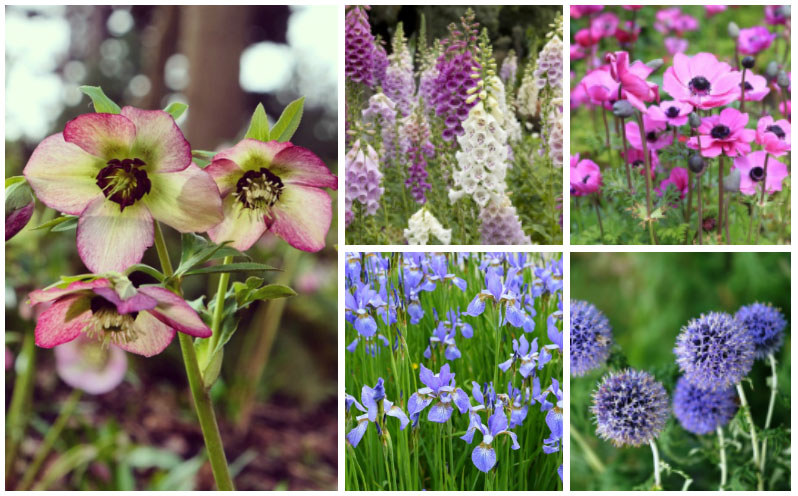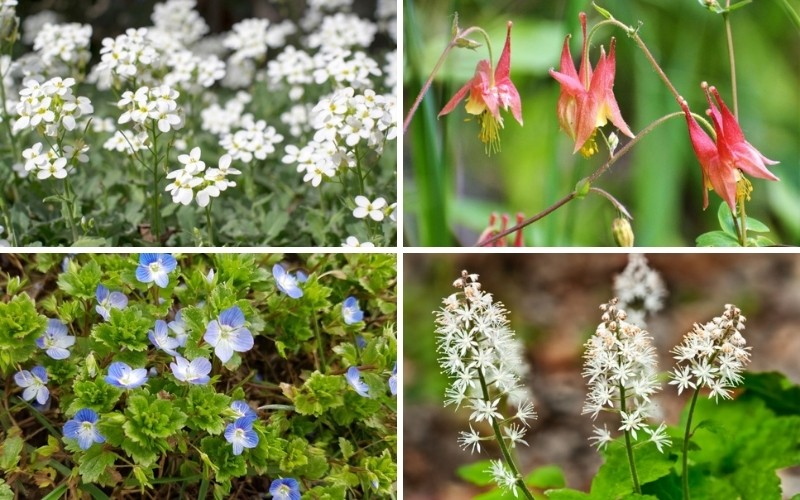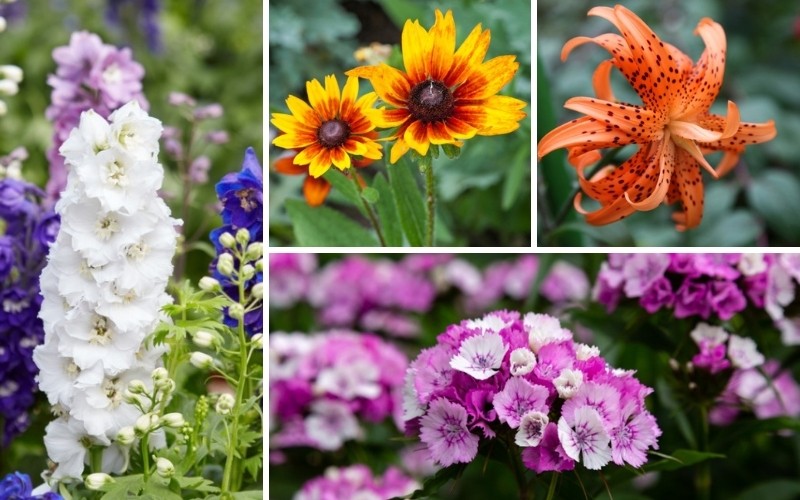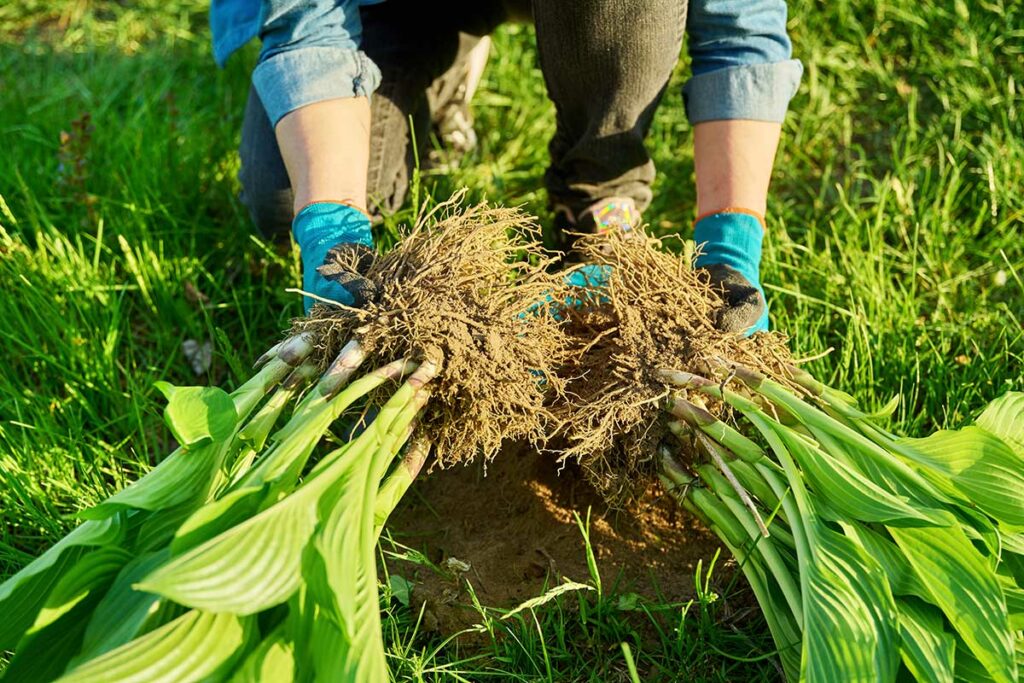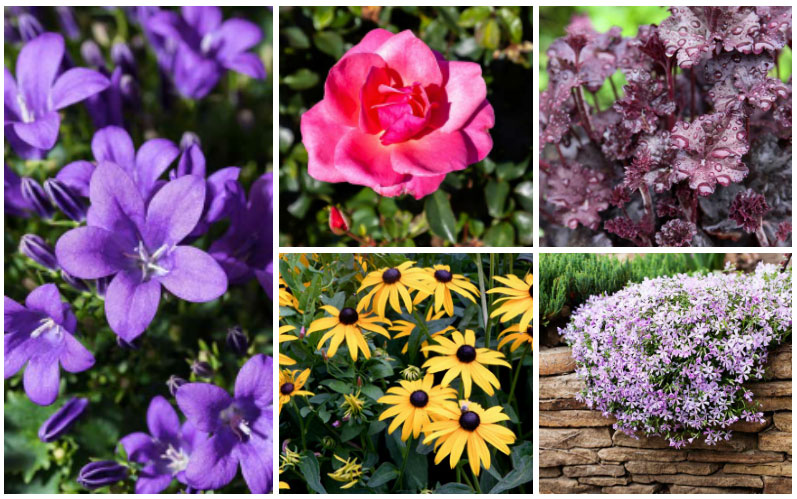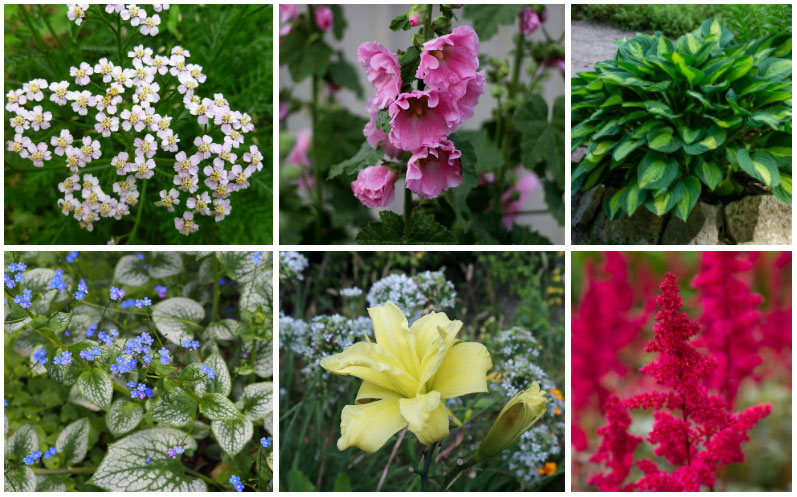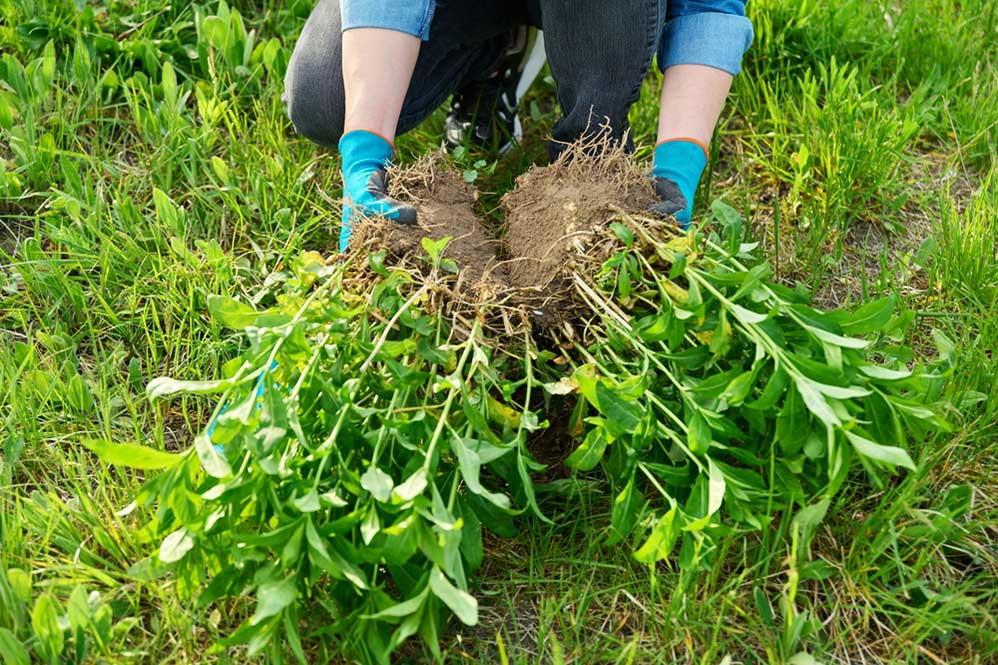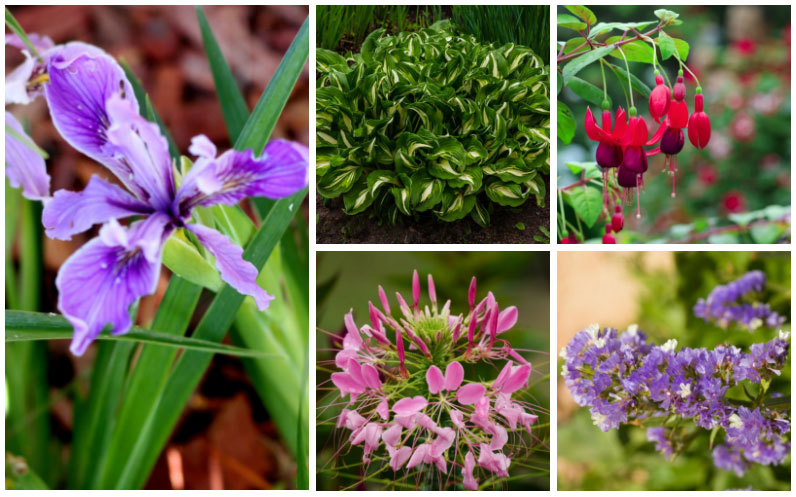
There are many reasons that perennials are perfect for Californian landscaping. They come back year-after-year with very little care. Many require minimal care throughout the growing season, and they often take very little water.
With so many choices in shapes and colors, it is easy to incorporate perennials into your landscaping.
Consider these plants that are listed in no particular order because each has its advantages depending on what you are trying to accomplish.
These 15 favorite California perennials may be the perfect addition to your landscaping.
California Aster
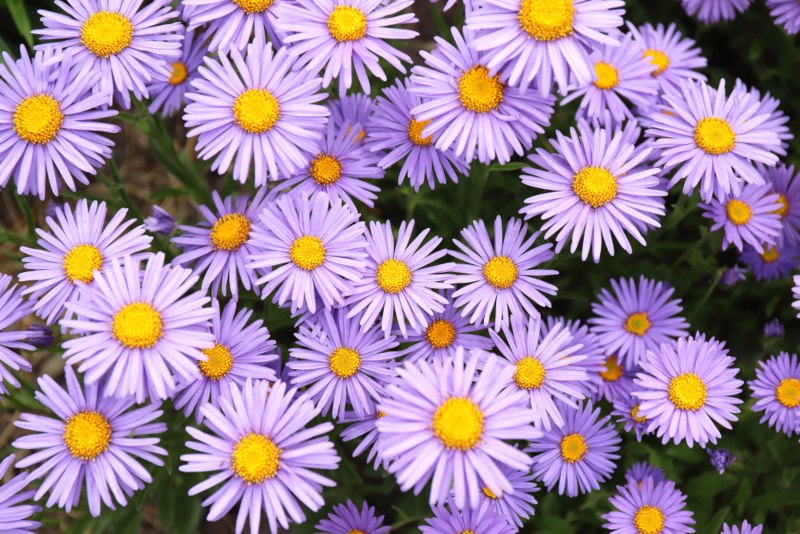
This plant that grows up to 2-feet tall and resembles a Michaelmas daisy in many ways blooms in late fall. It prefers partial shade to full sun, and it does very well in marshy environments. Once established, it will send out runners so that you will have even more of these beautiful flowers the next year. Unless it gets extremely dry, the only care it needs is to be pruned off at the ground in the early winter after it is done blooming.
Blue Fescue
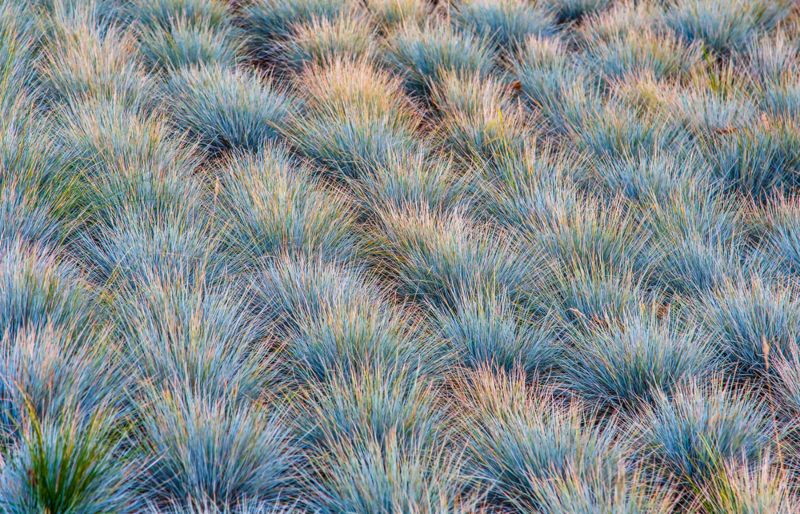
If you are looking for an ornamental grass, do not make a final decision until you have considered blue fescue. While this grass may die back when the temperatures soar, it will come back. Mix in some compost when planting this grass to make the soil lighter. It typically grows in a clump that is about 9-inches tall and has a 10-inch diameter. In the spring, it puts on upright flower plumes above its grey-green, evergreen foliage.
Yarrow
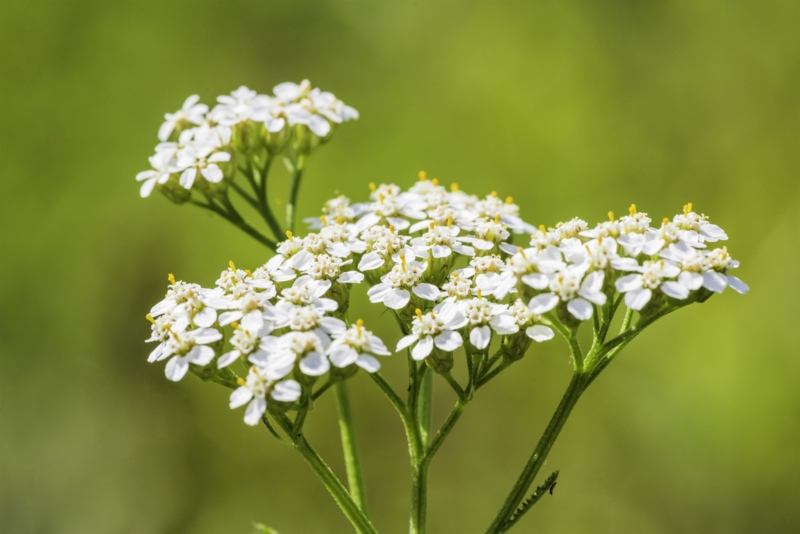
This sun-loving plant will get leggy if it gets too much shade. Most varieties grow to be between 2-and-4-feet tall, and some types are aggressive spreaders. It will bloom in clusters of little six-petal flowers in mid-summer through early fall. You can find white, canary and pink varieties. It requires almost no care, but you may want to divide it every two or three years.
Parry’s Larkspur
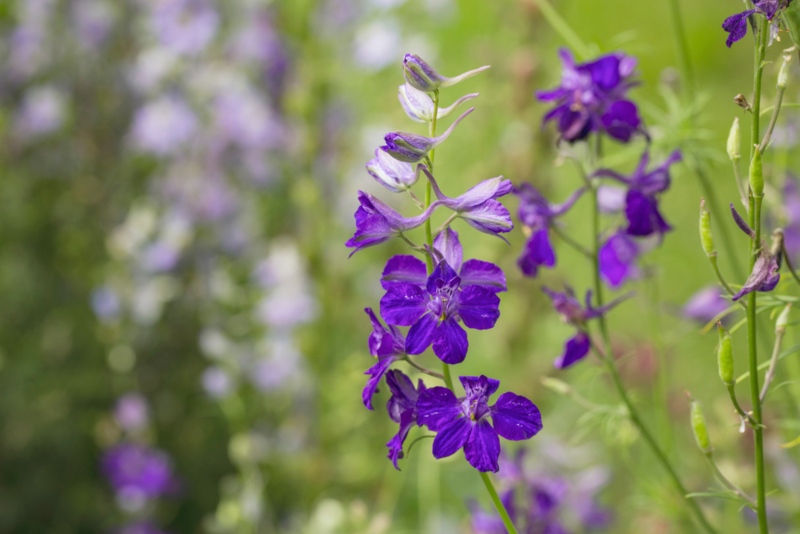
This native Californian herb flowers from April to June. While most flowers are a vivid blue, occasionally you may see purple or magenta blooms. The stems on this plant have little hair-like structures on them, which gives it a unique texture. This plant also does best in the sun, and it flourishes when you let it get a little dry mid-summer.
Indian Paintbrush
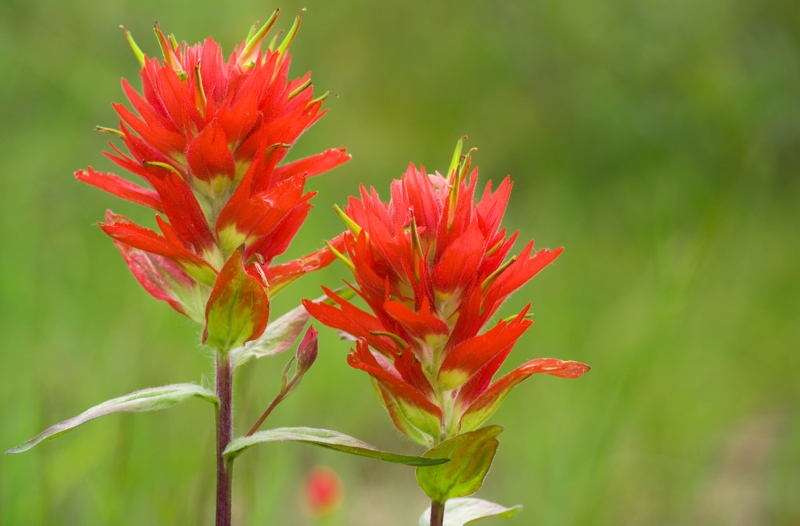
This flower starts putting on its scarlet red bracts that hide little green flowers in late spring, and it may continue to bloom until mid-October. This sun-loving plant can grow up to 2-feet tall with very minimal care. It feeds off the root system of other plants, so make sure to plant different plants near it, especially if you are growing it in a container.
Hostas
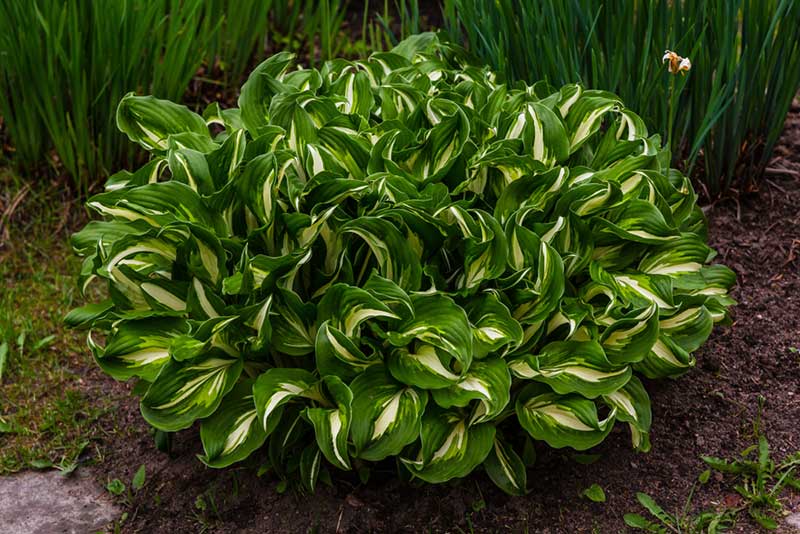
If there is a part of your yard that does not get much sun, then hostas may be the perfect answer. With over 100 varieties to choose from, you can have a lot of fun combining the different types of foliage. Most produce a bell-shaped flower mid-summer. Some types struggle to reach 6-inches tall while others grow to be about 3-feet tall.
Sea Lavender
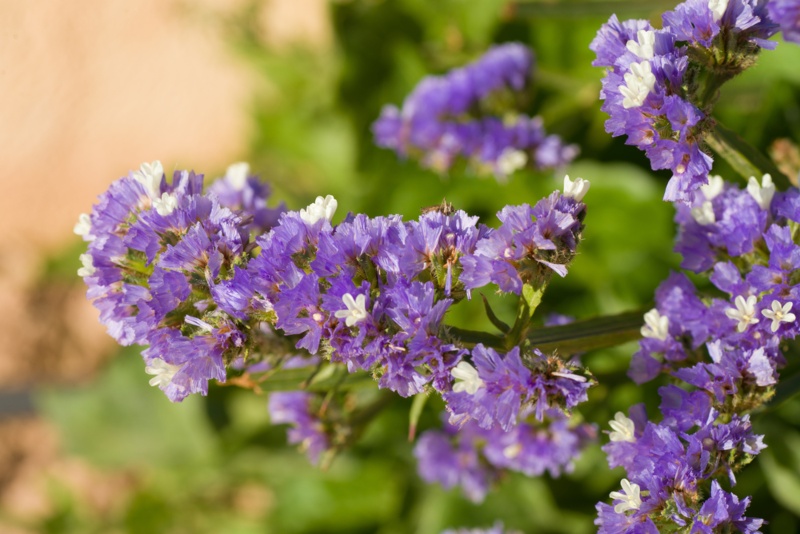
Growing up to 2.5-feet tall and 2.5-feet tall, this evergreen shrub puts on large, glossy green, paddle-shaped leaves that make this an attractive plant from early spring through mid-fall. In the summer, it will put on thousands of tiny purple flowers, making the entire plant look like a cloud. This sun-loving plant will attract many butterflies and other pollinators to your yard.
Fuchsia
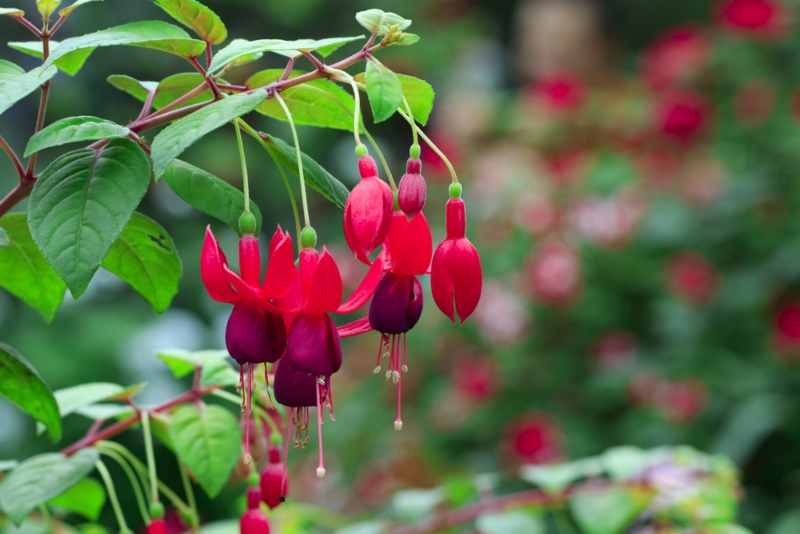
There are many different types of fuchsia, so you can easily find one that fits perfectly in your landscaping. Some look perfect in hanging baskets, and others work well in gardens while the taller varieties can be grown as shrubs or small trees. This sun-loving plant can produce bell-shaped flowers in a variety of colors, including purple, red, orange, white and pink.
Douglas Iris
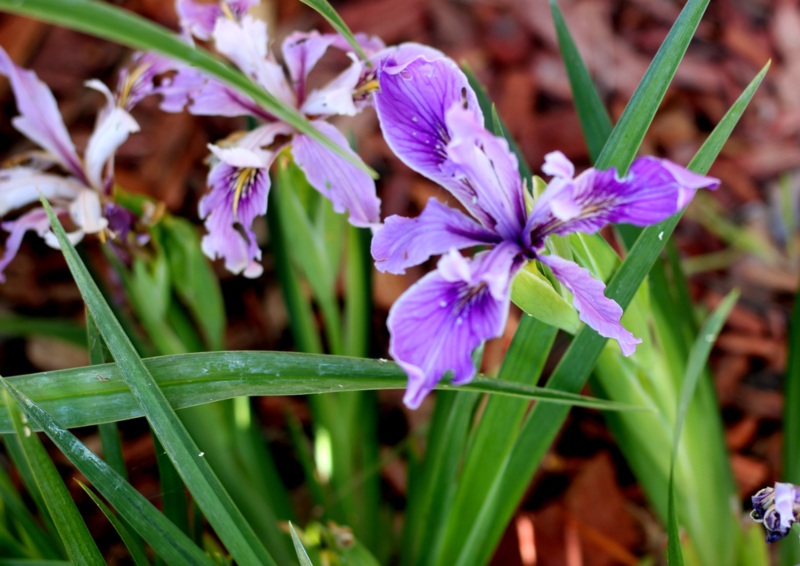
This Californian native plant often grows to be 18-inches tall and 36-inches wide. In the spring, it produces feathery flowers in mid-spring that grow on medium-green stems. This plant has a clumping rhizome, so you can easily break it apart to start it in a new area or share it with a friend.
California Lilac
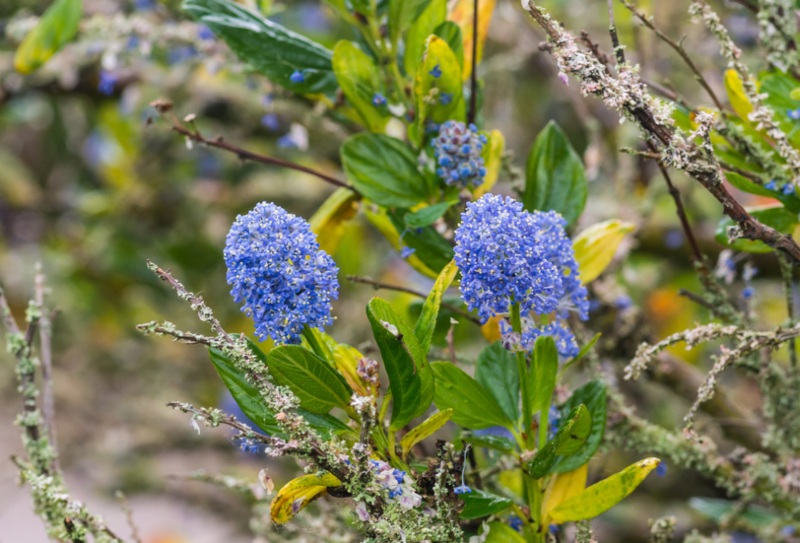
There are over 60 varieties of California lilacs that can be grown as shrubs or small trees. While most put on their spikes of flowers in the spring, others bloom in the summer or fall. Once established, many varieties are drought tolerant. They grow best when they get morning sun, but they prefer to escape the hot afternoon sun.
Cotoneaster
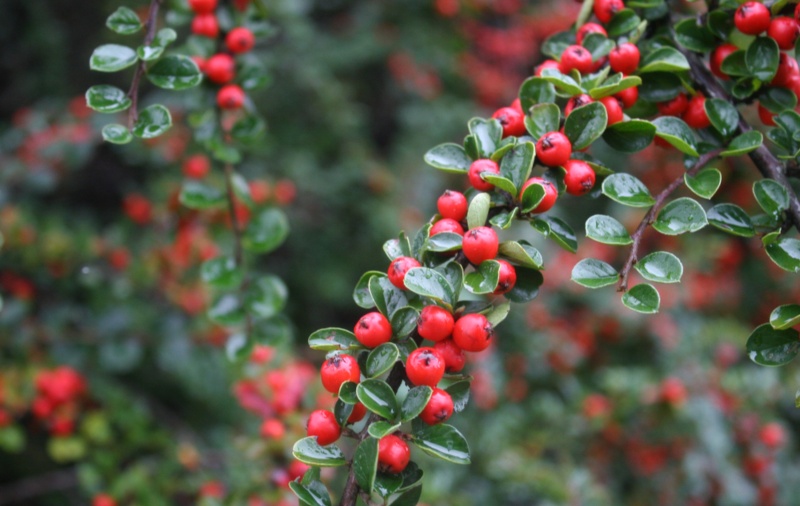
There are many different varieties of cotoneaster that grow well in California. Some types grow to be only about 6-inches tall while other varieties grow to be about 10-feet tall. They all have glossy leaves that are plentiful and medium green, and they all put on red or black fruit in the fall, which usually lasts until spring.
Spider Flower
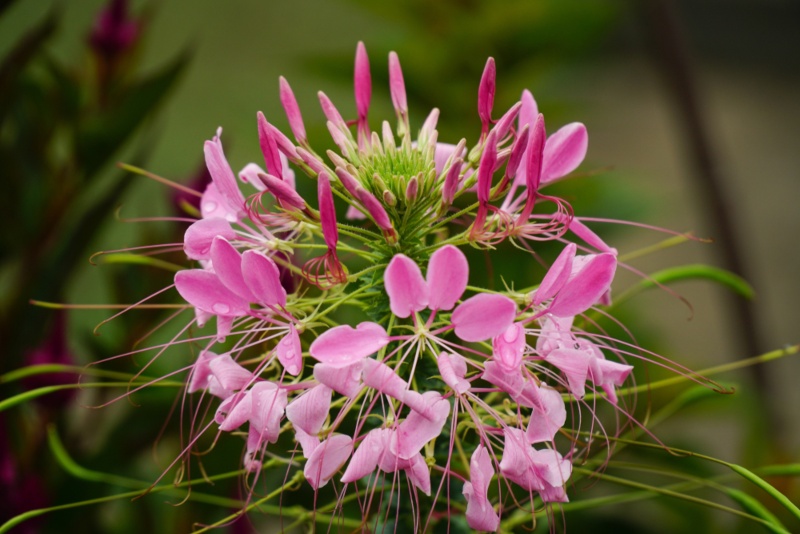
You may easily walk by this plant when flower shopping because of its weedy appearance when it is young, but once it matures, it puts on a softball-size display of flowers with long stamens radiate from a central starting point. This sun-loving plant can grow from 18-inches to 5.5-feet tall depending on conditions and chosen variety.
Hummingbird Sage
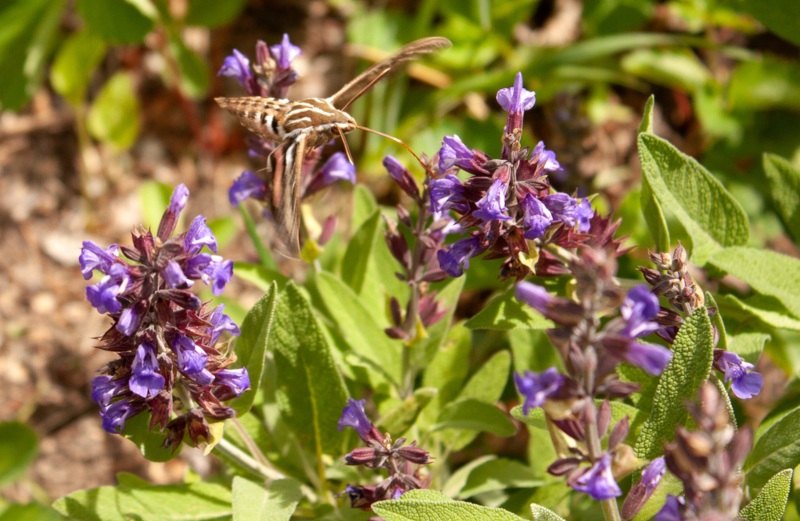
10 to 20 magenta, 1-inch long grow on spikes that can be up to 24-inches long on this plant that hummingbirds find irresistible. Each pant can be up to 5-feet wide and 24-inches tall. The aromatic, arrow-shaped, light green leaves can be up to 6-inches long. In lower elevations in California, this plant will remain evergreen throughout the year while it will grow back in the spring in areas with higher elevations.
Protea
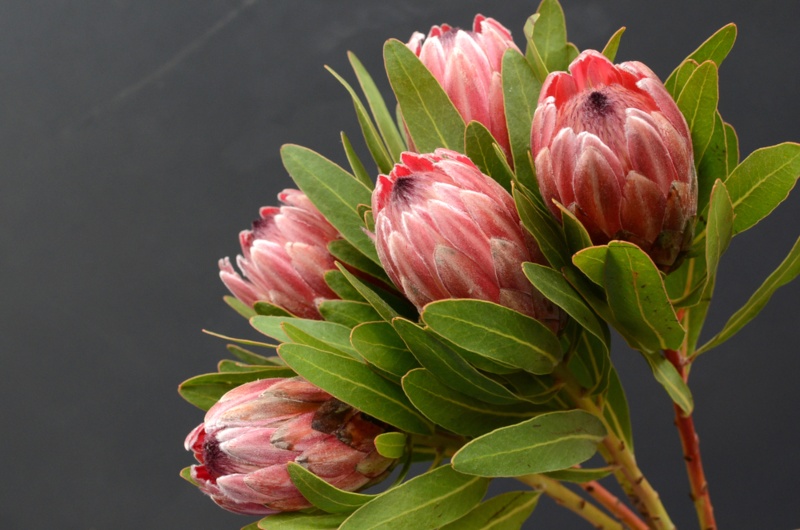
Proteas are a native of Africa, with many found in the Cape Flower Region. They can grow from just a few inches tall to more than 25-feet tall. They all produce elongated, tubular flowers that produce a cone-like head. Many varieties have 1-to-2-inch long, petal-like leaves or bracts right below the flowers, creating a cup-like appearance. The flowers are usually pastel in color.
Toyon (Heteromeles arbutifolia)
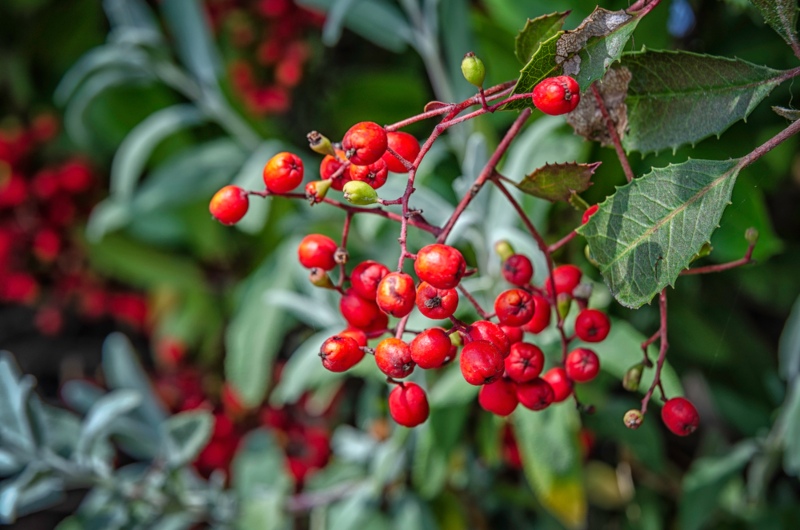
Typically growing to be 10-feet tall and 8-feet wide, these evergreen shrubs can be useful to stop soil erosion once they become established, which can take several years. This plant puts on white flowers in the summer, which are followed by edible glossy red fruit. Extremely drought tolerant, you need to be careful not to give this shrub too much water.
Penstemon
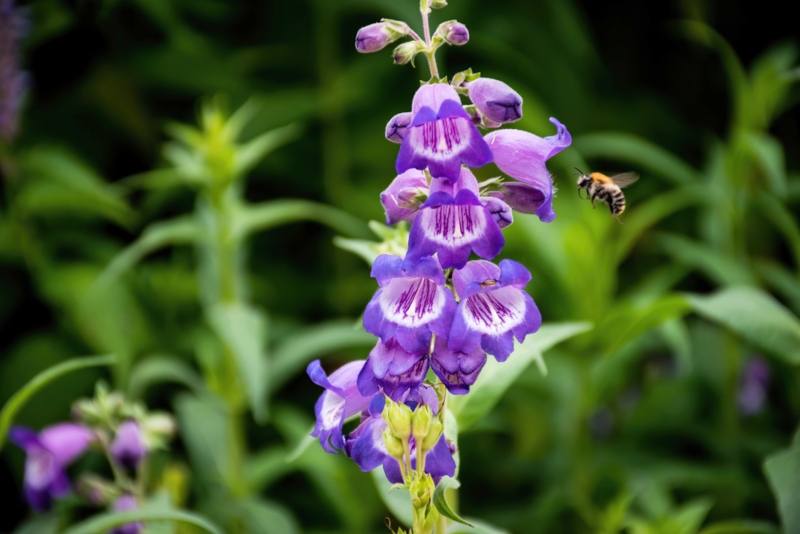
This early-to-mid-summer bloomer creates flowers in a variety of colors, including blue, purple, pink, white and red It can grow from about 10-inches tall to about 6-feet tall depending on the type chosen, and some will have white throats and distinctive veining. A variety of leaf shapes are found on these plants, and you can find varieties for California that remain evergreen throughout the year.





